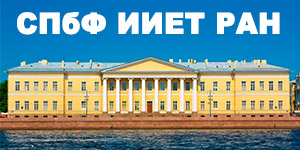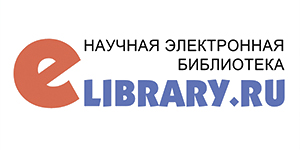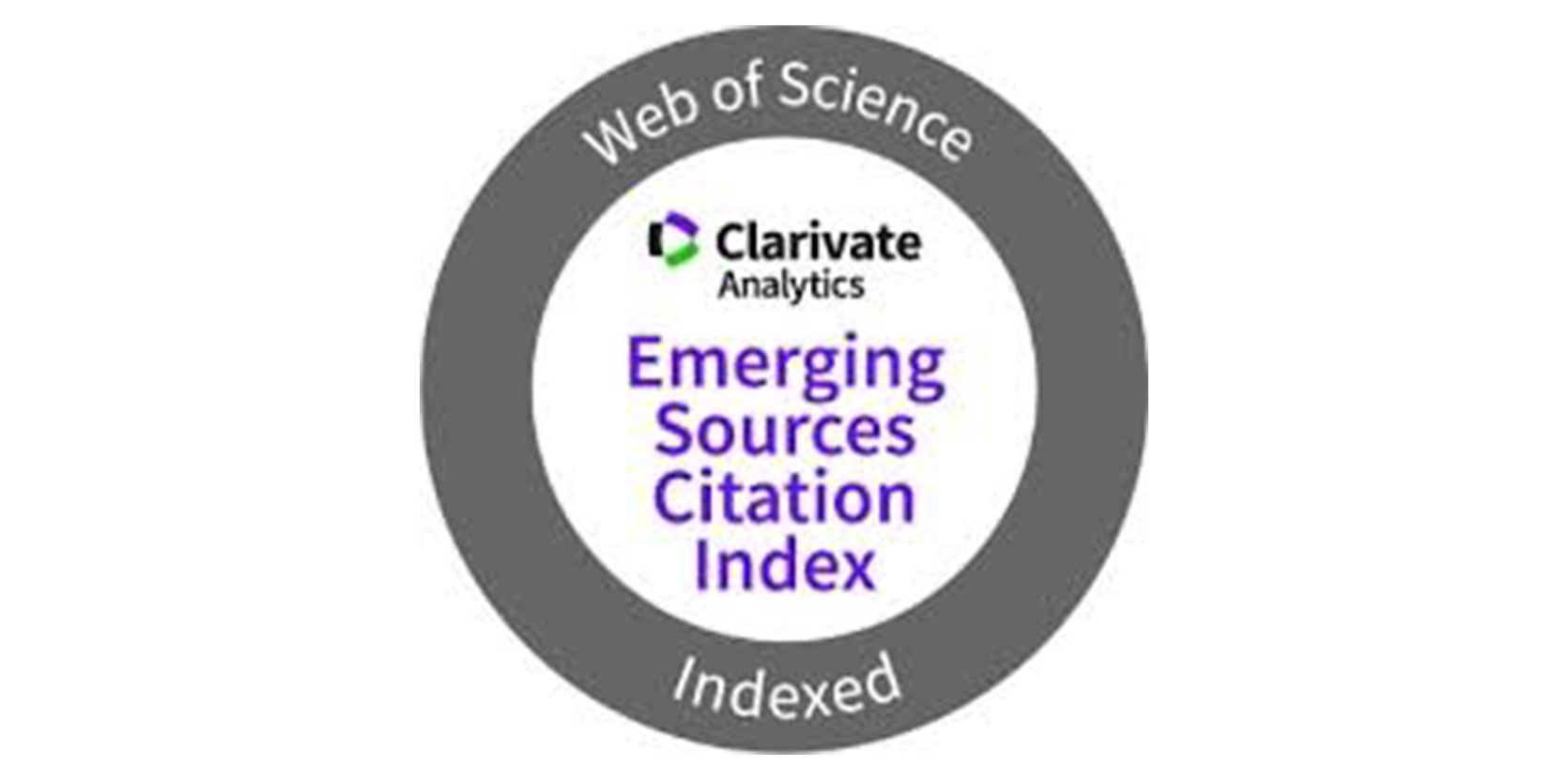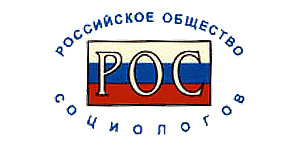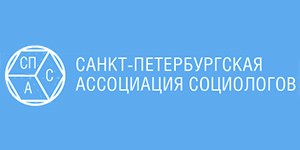Роман Отмарович Райнхардт
Московский государственный институт международных отношений (университет) МИД РФ, Москва, Россия
Максим Андреевич Юревич
Финансовый университет при Правительстве Российской Федерации, Москва, Россия
КЛЮЧЕВЫЕ СЛОВА:
НАУЧНАЯ ПОЛИТИКА, КУЛЬТУРНЫЕ МОДЕЛИ, НАУКА В РОССИИ, НАУЧНОЕ СООБЩЕСТВО, НАУЧНАЯ ДИПЛОМАТИЯ, НОРМЫ И КОНТРНОРМЫ МИТРОФА, SCIENCE POLICY, CULTURAL MODEL, SCIENCE IN RUSSIA, SCIENTIFIC COMMUNITY, SCIENCE DIPLOMACY, MITROFF’S NORMS AND COUNTER-NORMS
АННОТАЦИЯ:
Цель исследования заключается в реконструкции культурной модели научной политики, которой придерживаются российские ученые. В качестве ключевого элемента этой модели выделяются взаимоотношения между научным сообществом как профессиональной группой, с одной стороны, и государственными институтами, регулирующими его работу, с другой. В целях реконструкции этой модели была проведена серия сфокусированных интервью, выстроенных вокруг списка вопросов, которые включали два раздела. Первый содержал общие вопросы, связанные с пониманием целей и задач научной деятельности, оправданностью разделения научного комплекса на фундаментальный и прикладной секторы и сектор разработок, приоритетов государства в области научной политики, путей ее оптимизации и использования зарубежного опыта. Второй – вопросы, основанные на системе норм и контрнорм научной деятельности, по А. Митрофу. В целом на 10 из 18 вопросов анкеты были получены в значительной степени совпадающие ответы, в то время как ответы на остальные 8 вопросов такой тенденции не показали. В первом блоке вопросов мнения практически полностью сходятся в определении целей научно-исследовательской деятельности, в то время как на вопросы о подразделении науки на сектора (фундаментальный, прикладной и сектор разработок); о близости или принципиальном отличии естественных и точных и гуманитарных наук; о соотношении университетов и НИИ; о целях, принципах и реализации государственной научной политики были получены сильно разнящиеся ответы. Что же касается блока вопросов, затрагивающих нормы и контрнормы Митрофа, то совпадение мнений было отмечено в следующих случаях: признание преимущественной роли иррациональных мотивов; убежденность в том, что в науке главную роль играет доверие к коллегам, а не надежность методик; одобрение эмоциональной вовлеченности ученых в свою работу; постановка сплоченности научного сообщества выше индивидуального вклада выдающихся ученых; акцент на роли обычных трудовых стимулов в качестве главной движущей силы науки; понимание положения ученого как связанного обязательствами перед своей страной.
Science Policy in Light of Russian Scientists’ Cultural Models
Roman O. Raynkhardt
Department for Diplomatic Studies, MGIMO-University,
Moscow State Institute of International Relations
of Ministry of Foreign Affairs of Russia
Moscow, Russia
Maxim A. Yurevich
Financial University under the Government of the Russian Federation
Moscow, Russia;
The study aims at reconstructing the cultural model of science policy shared by Russian scientists. The key element of the model is reduced to the interrelations between the scientific community as a professional group, on the one hand, and State institutes regulating its work, on the other hand. In order to reconstruct this model, the authors conducted a series of focused interviews based on a list of questions consisting of two blocks. The first block included general questions linked to the perception of goals and tasks of research activity, legitimacy of dividing research into basic and applied sectors alongside research and development (R&D), the State’s science policy priorities, and ways of its improvement with recourse to other countries’ experience. The second block encompassed questions based on the norms and counter-norms system of research activity according to I. Mitroff. In general, answers on 10 out of 18 questions tend to be cohesive, whereas the remaining 8 responses are not conducive to tracking a tendency. Within the first block, the views almost fully correlate as far as the definition of research activity is concerned. At the same time, questions on dividing research into sectors (basic, applied, R&D); propinquity and differences between natural and exact sciences and humanities; the relation between universities and research institutes; the goals, principles and conducting the State science policy led to quite different responses. As for the second block of questions dealing with Mitroff’s norms and counter-norms, a convergence of views was witnessed in the following cases: acknowledging the primordial role of irrational incentives; conviction that trusting the colleagues is more important than the reliability of methods; approval of scientists’ emotional involvement within the research framework; preference of the cohesiveness of the scientific community to individual contributions of outstanding scholars; focus on ordinary work incentives as science drivers; perception of the scientist as a person with responsibilities towards his or her country.
